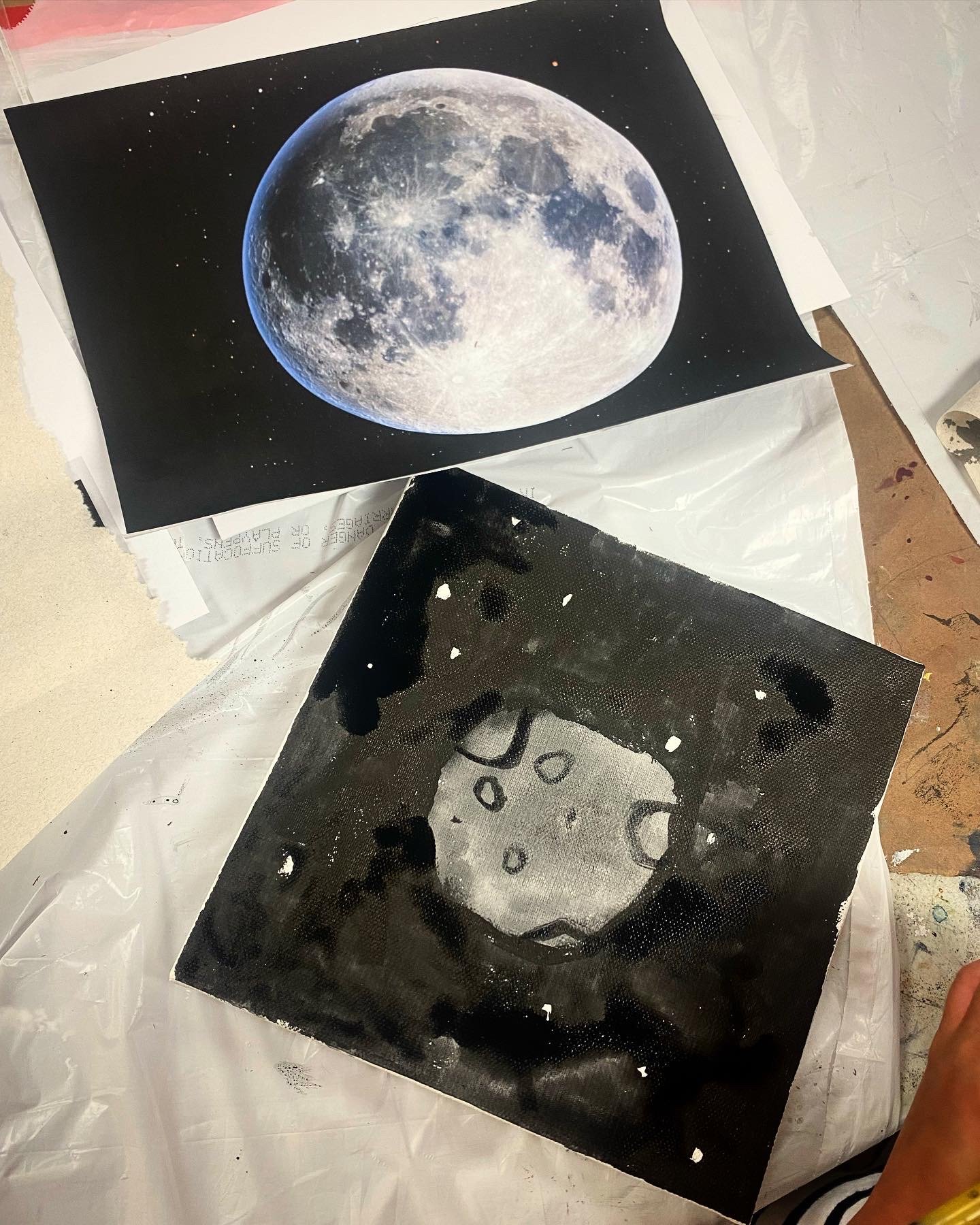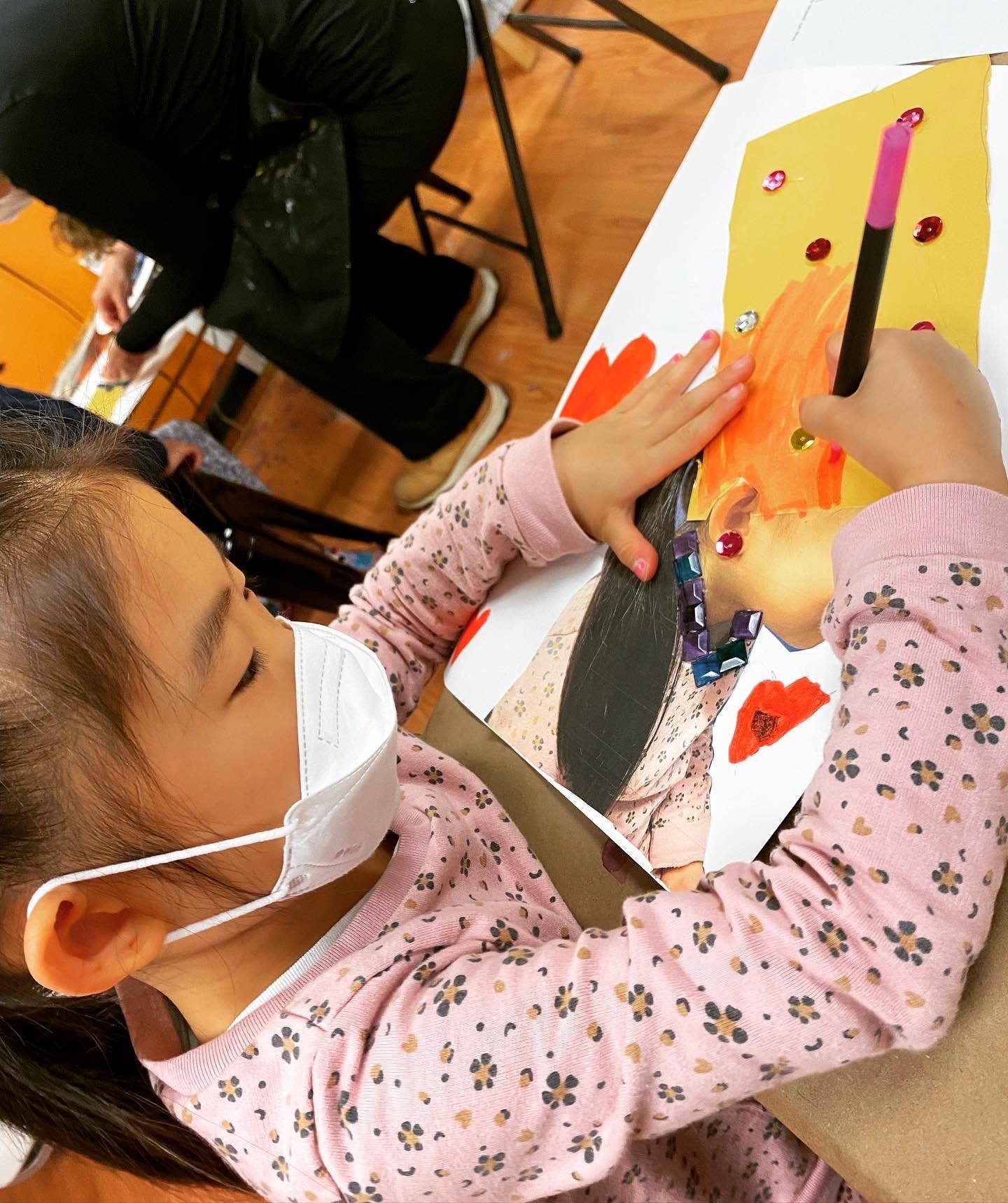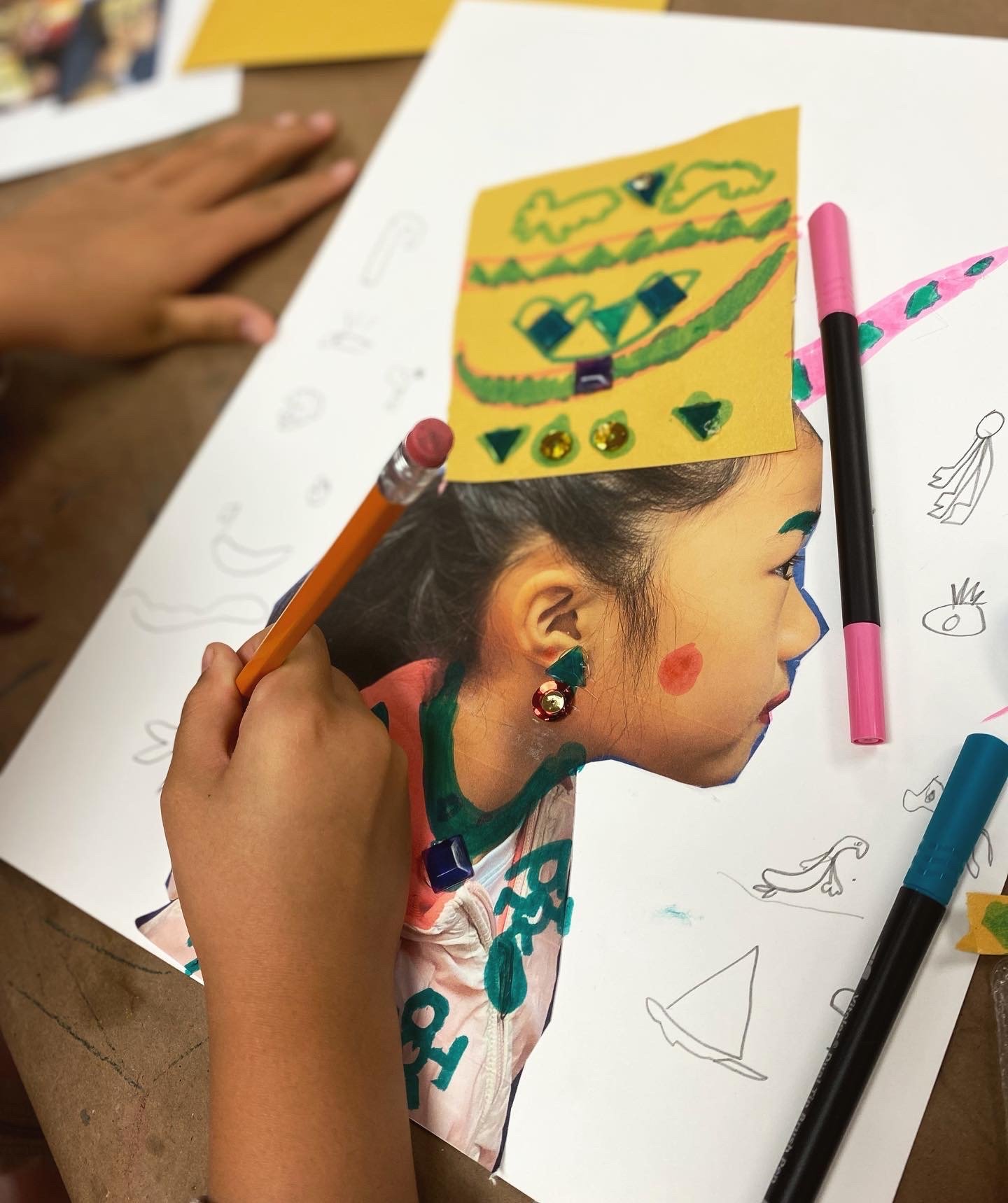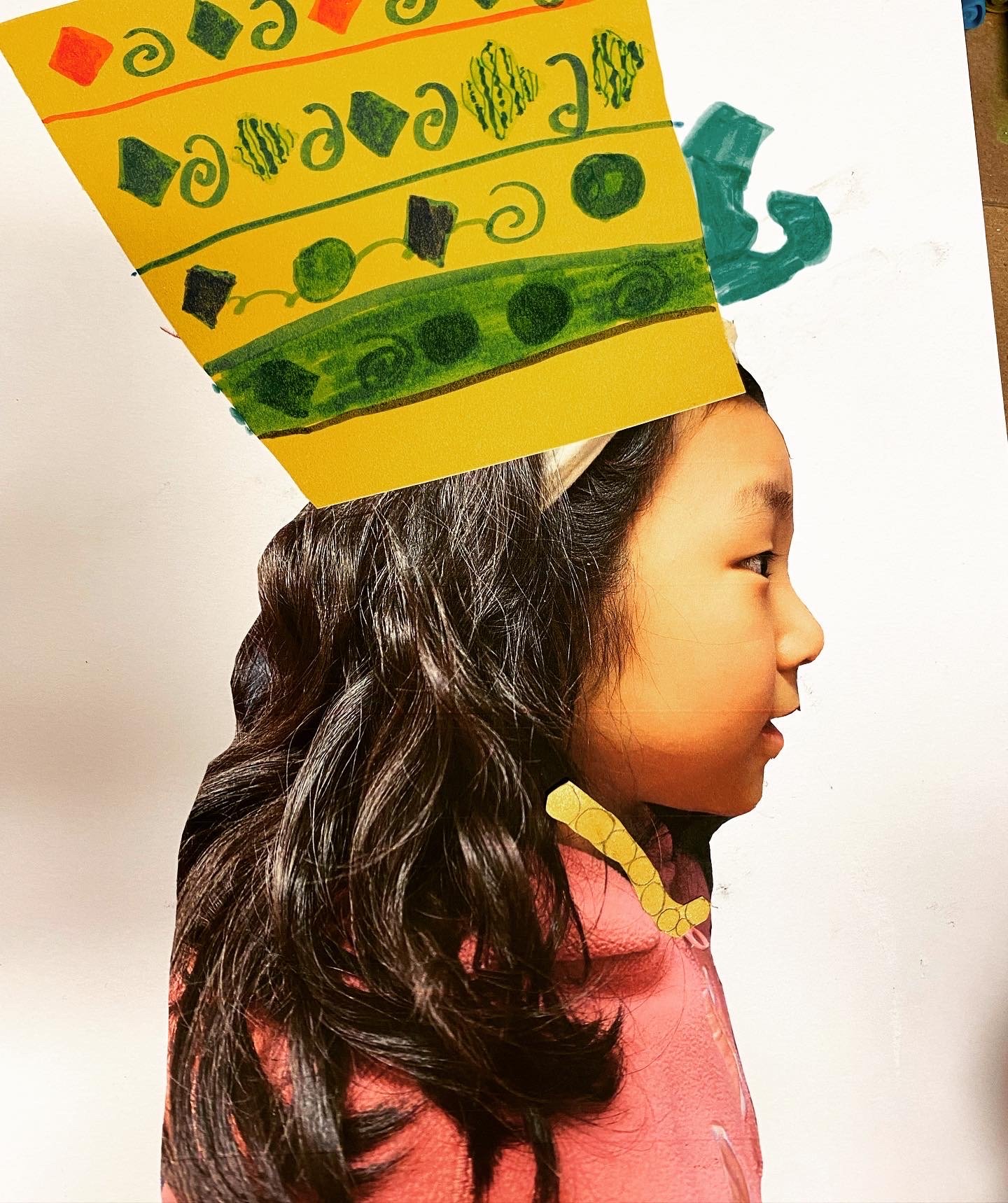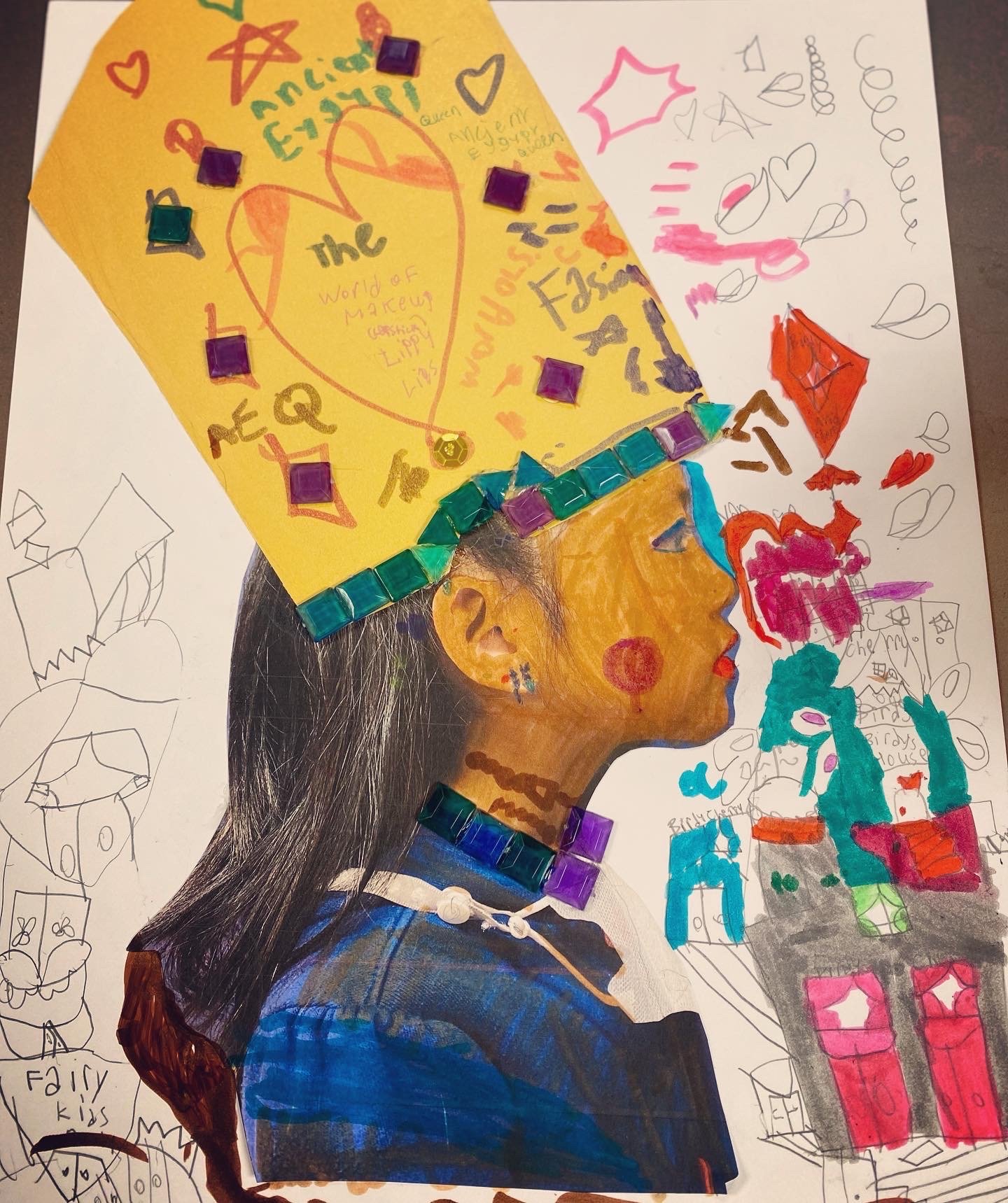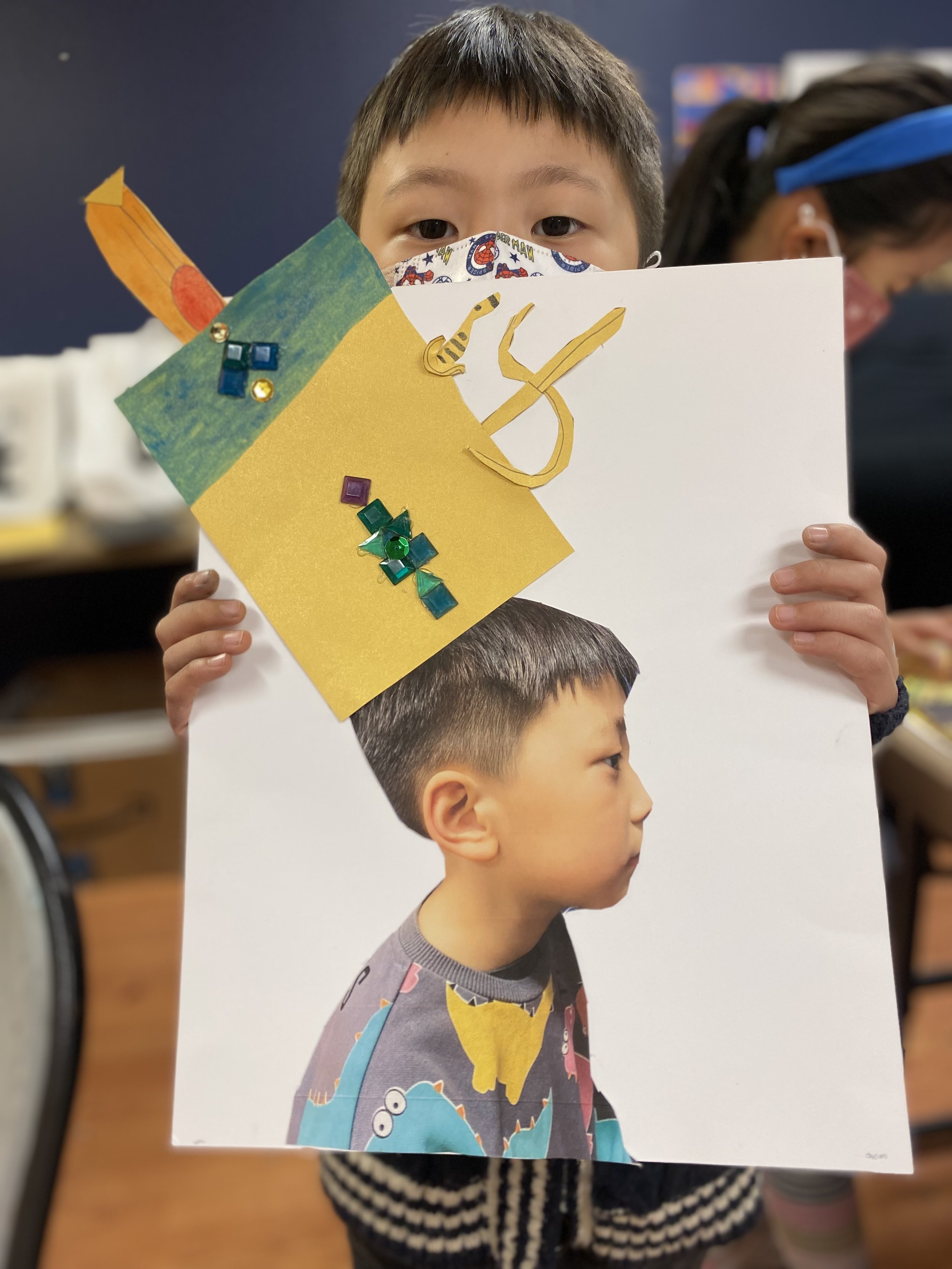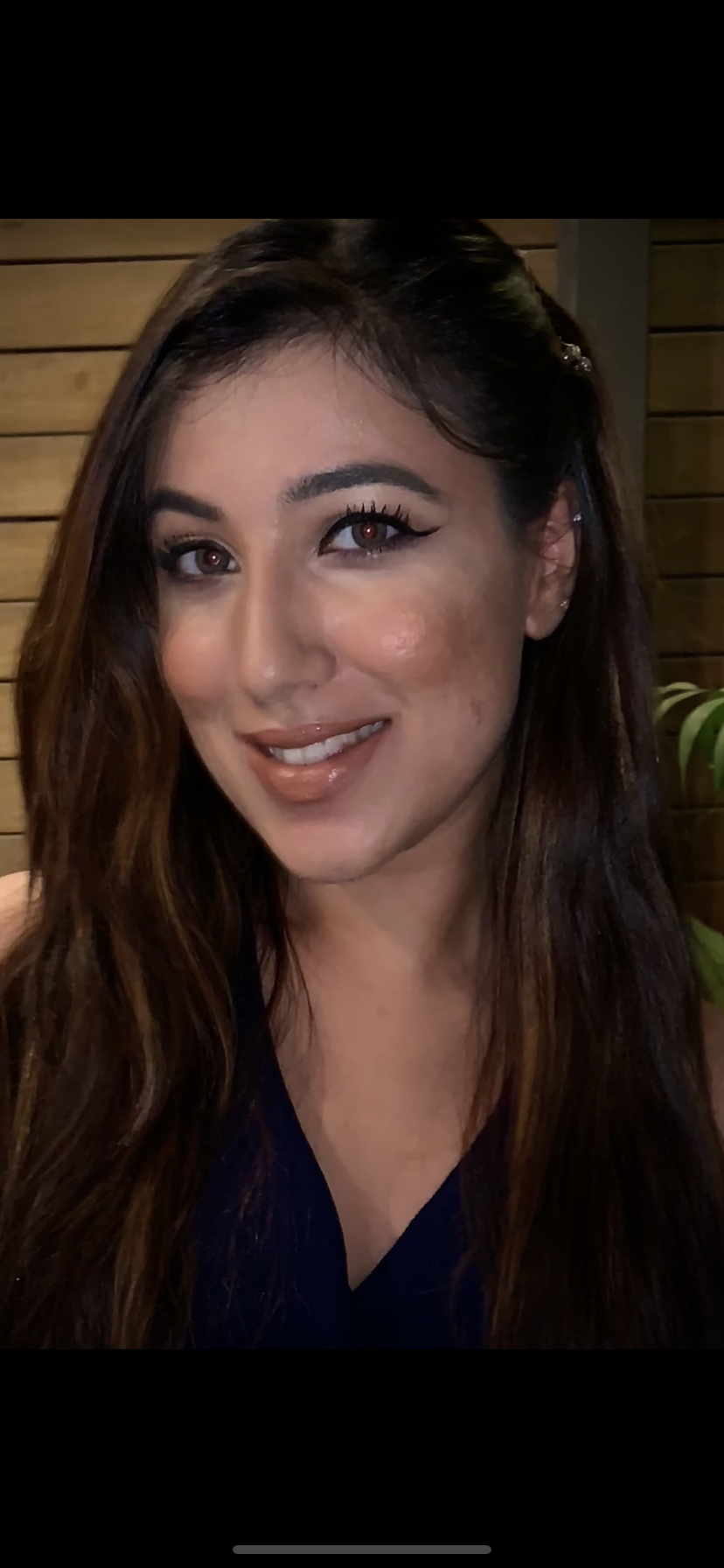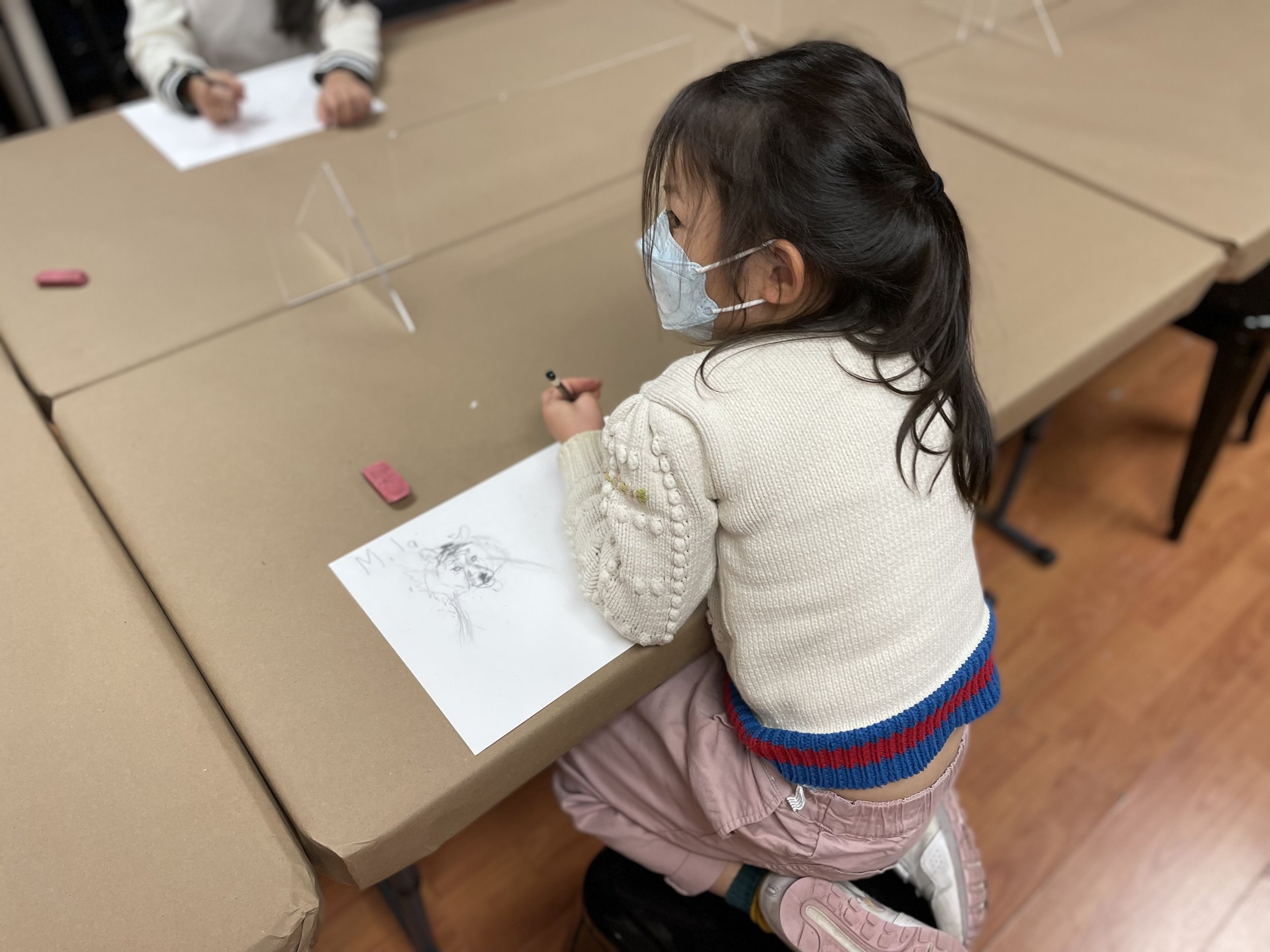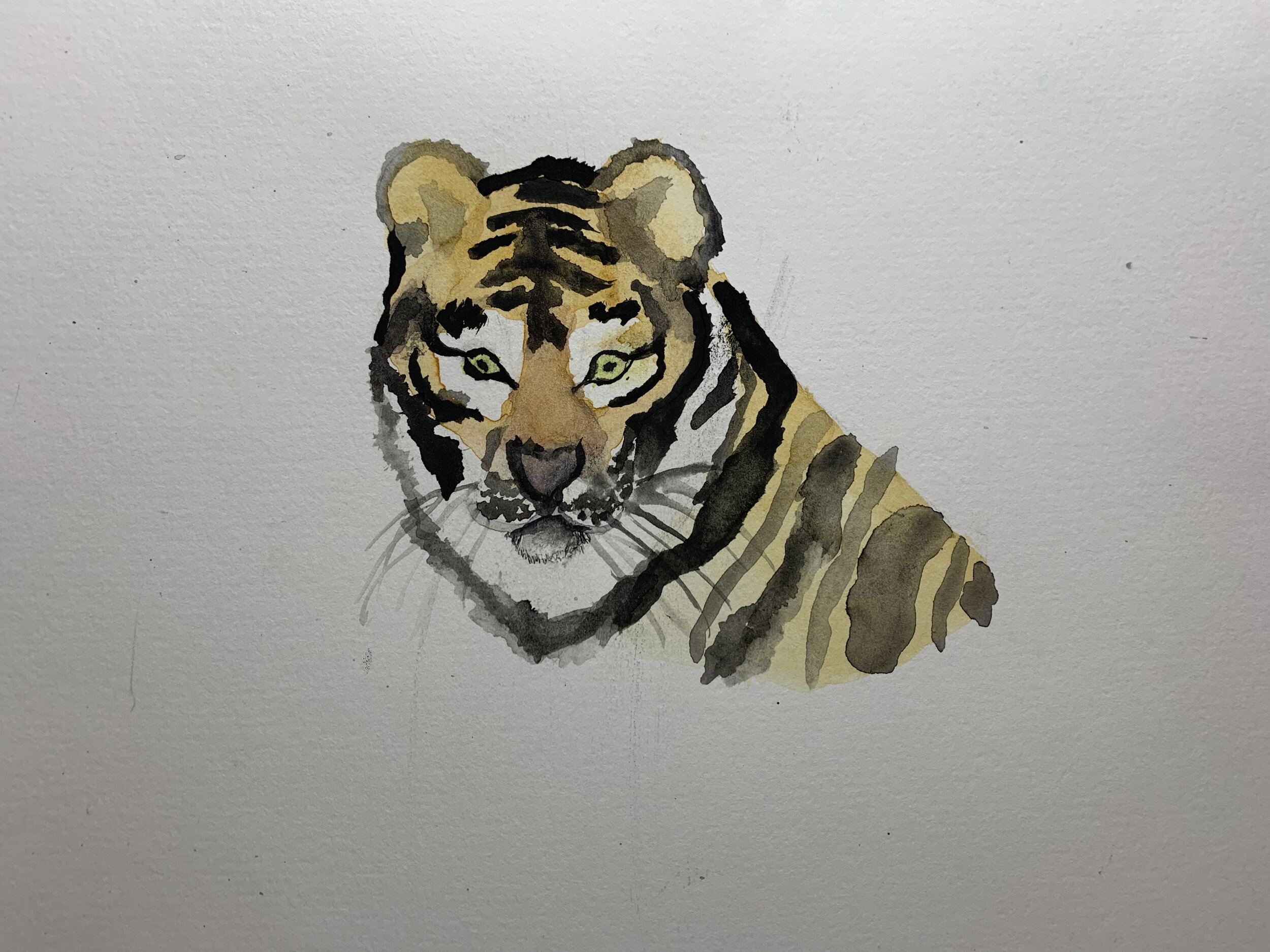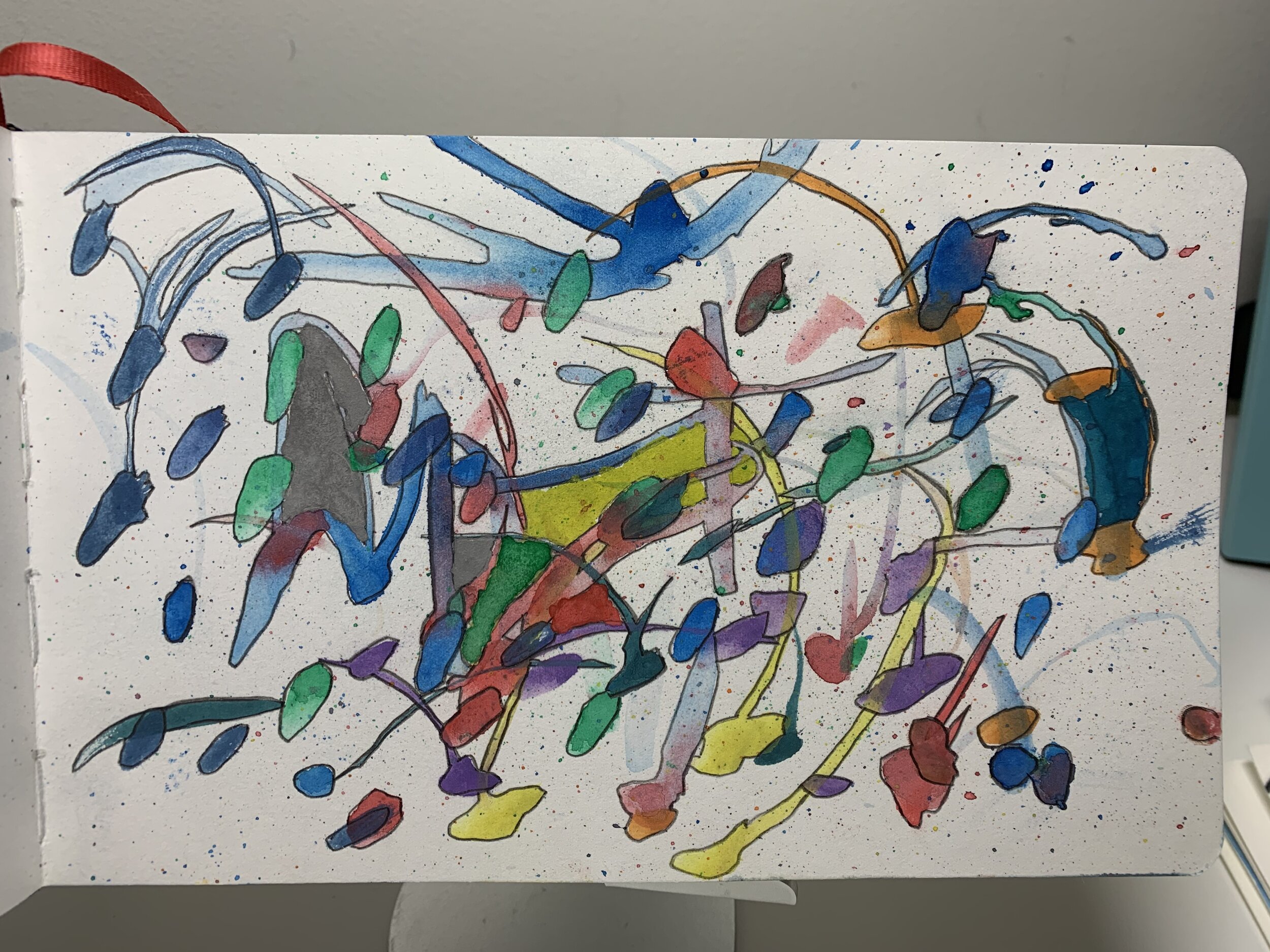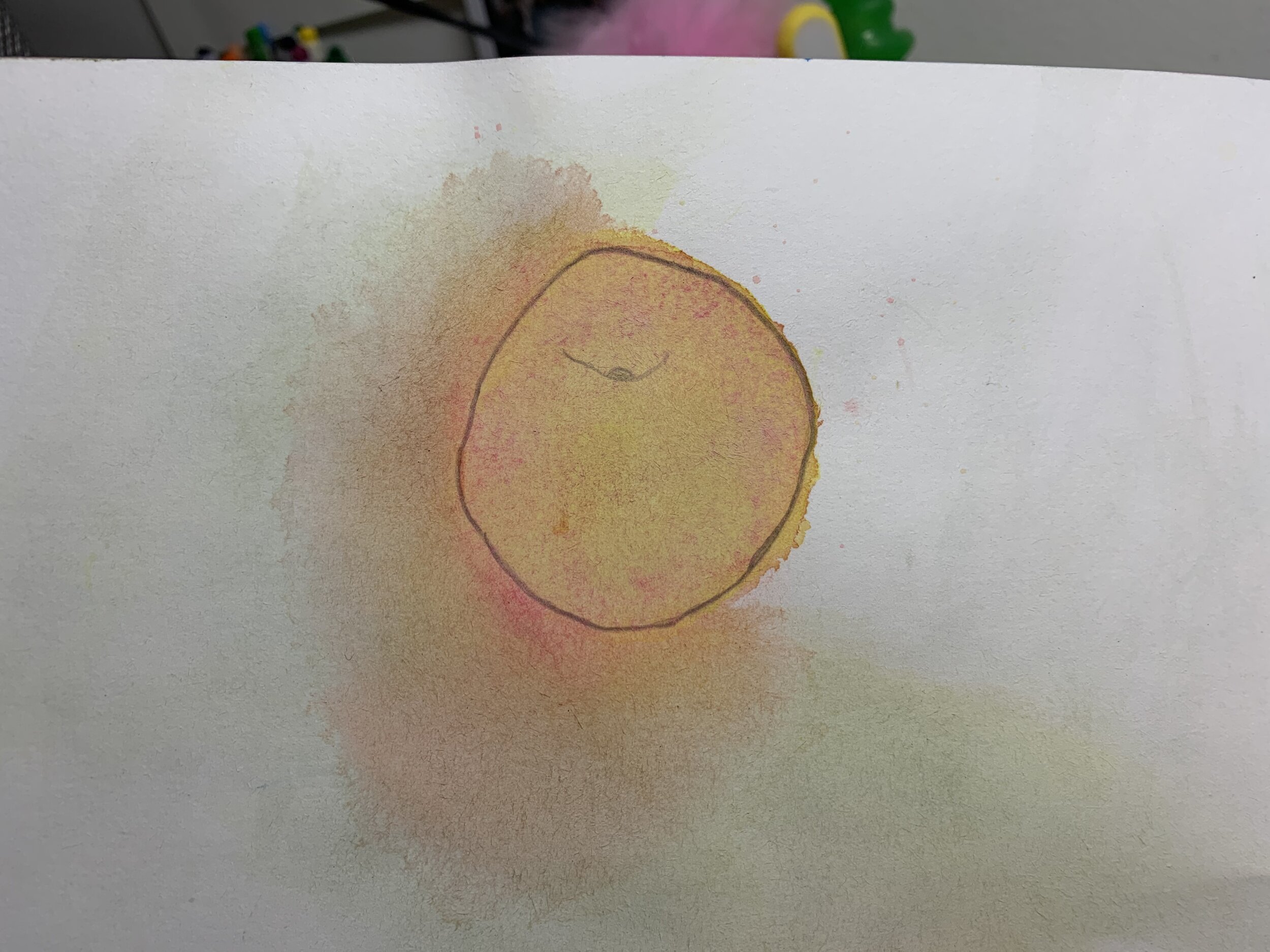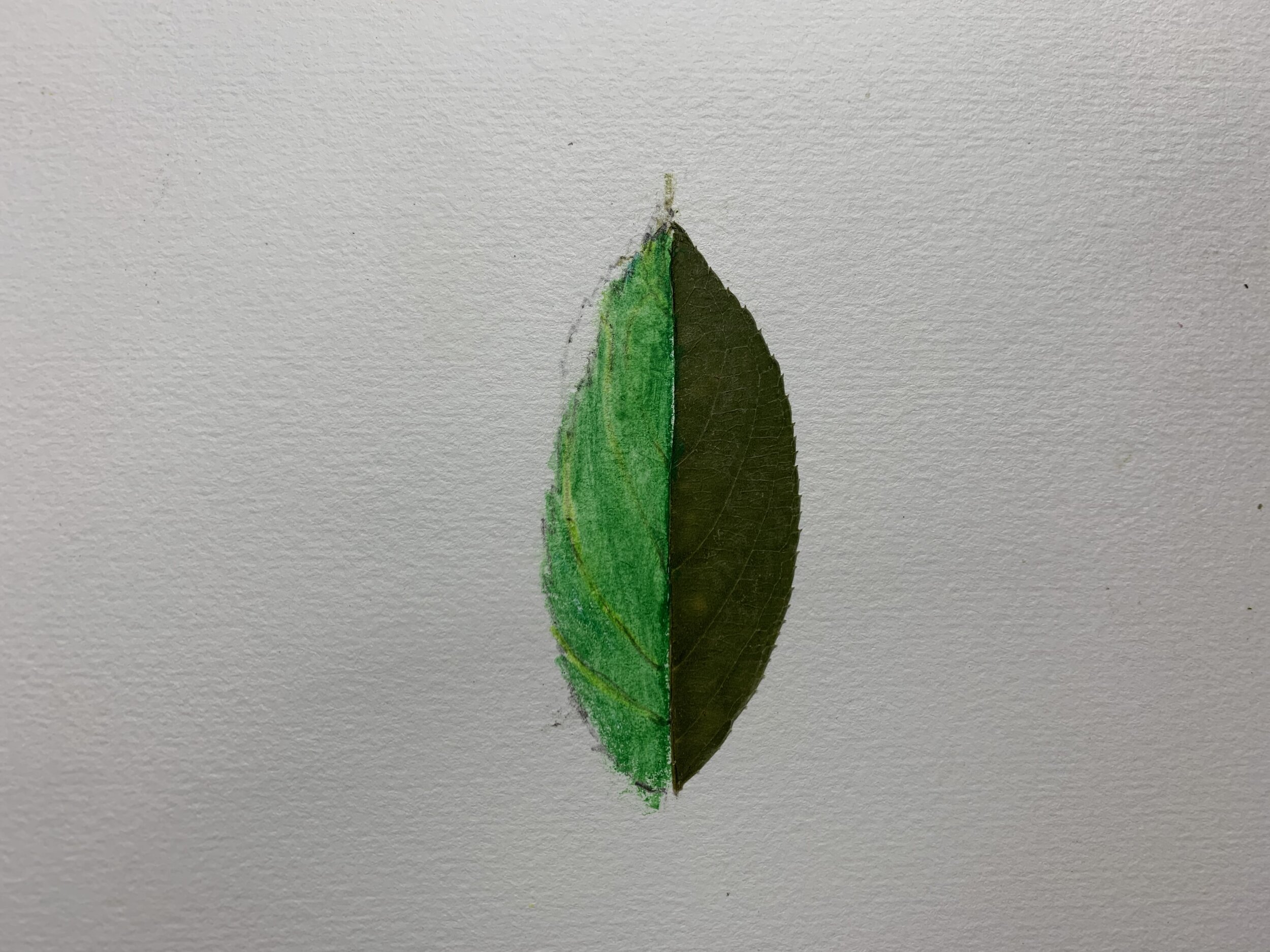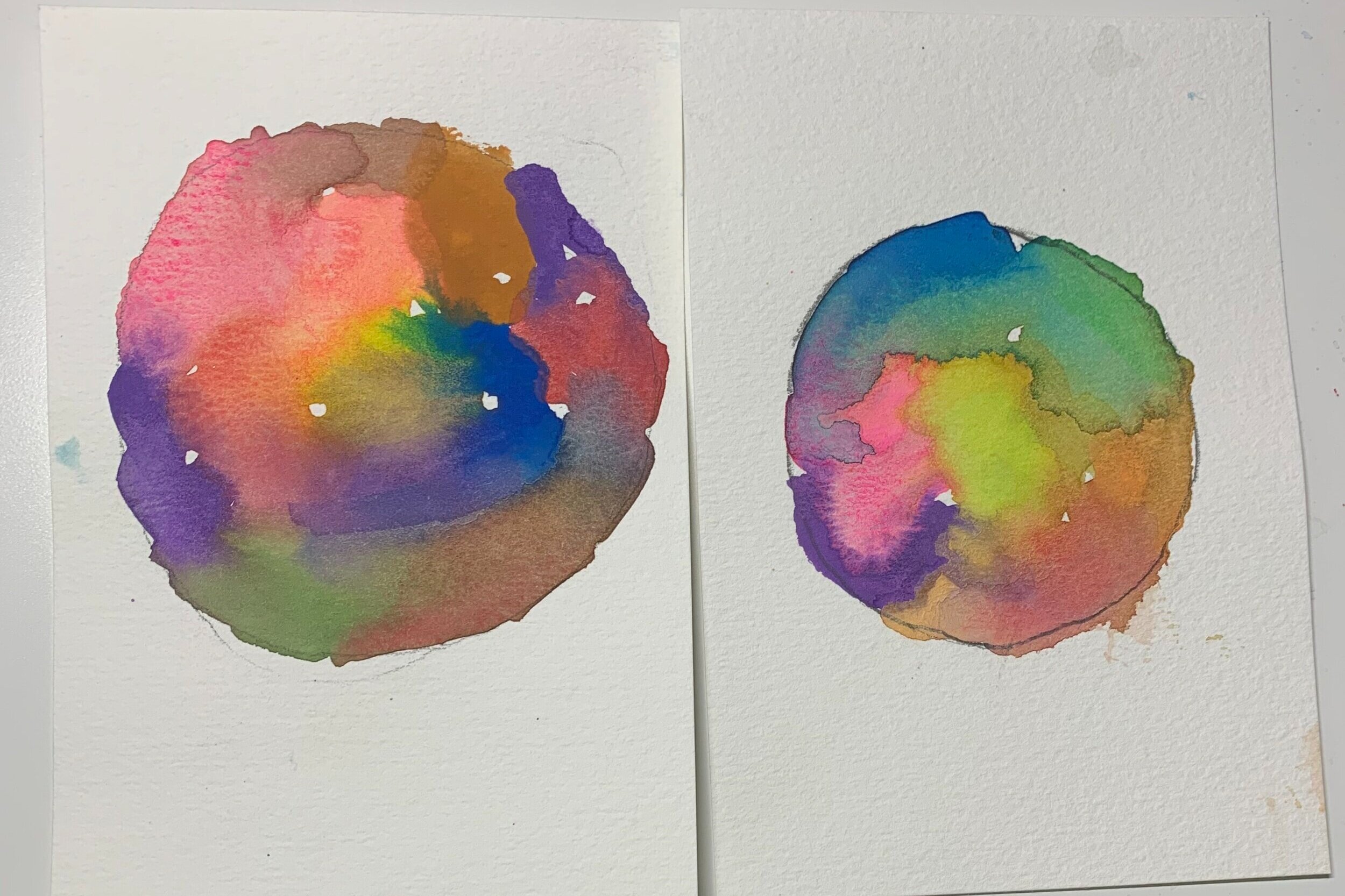Hello!
I hope everyone is having a beautiful start to the new year.
I wanted to take a moment to introduce myself. My name is Kyra and I will be the new manager at the Ashcan Studio of Art, Inc. Little Neck campus.
At this time, we are saying goodbye to Aurora who recently got engaged and is moving to Korea. I’ve had the opportunity to get to know Aurora these past few weeks and although we are sad to say goodbye (because she is awesome!), we are SO excited for her new journey and I personally cannot wait to get to know all the Little Ashcan kiddos.
These past few weeks have flown by and I feel truly honored and welcomed to be apart of the Ashcan family and the Little Neck community. I had such fun bopping around in Little Ashcans this past week and experiencing the classroom for myself. Jackie taught us about drawing from observation and challenging us to see the details that comprise the whole. As Charles Eames said, “The details are not the details. They make the design. Eventually everything connects - people, ideas, objects.”
This week, they drew Sumatran Tigers by observation - but don’t worry, they studied a picture of the tiger. No real tigers were on campus, ha! Her admiration for these magnificent animals was electrifying and I could see the kids were just as eager to observe and draw them. At the end of class, we even shared some of our favorite animals with each other. Bunnies seem to be very popular!
It’s been a great start to a new journey of my own and every day feels just as exciting as the previous. I’m ready to continue learning, growing, and engaging. When you come for class this week, come say hi! :]
Until next time.



